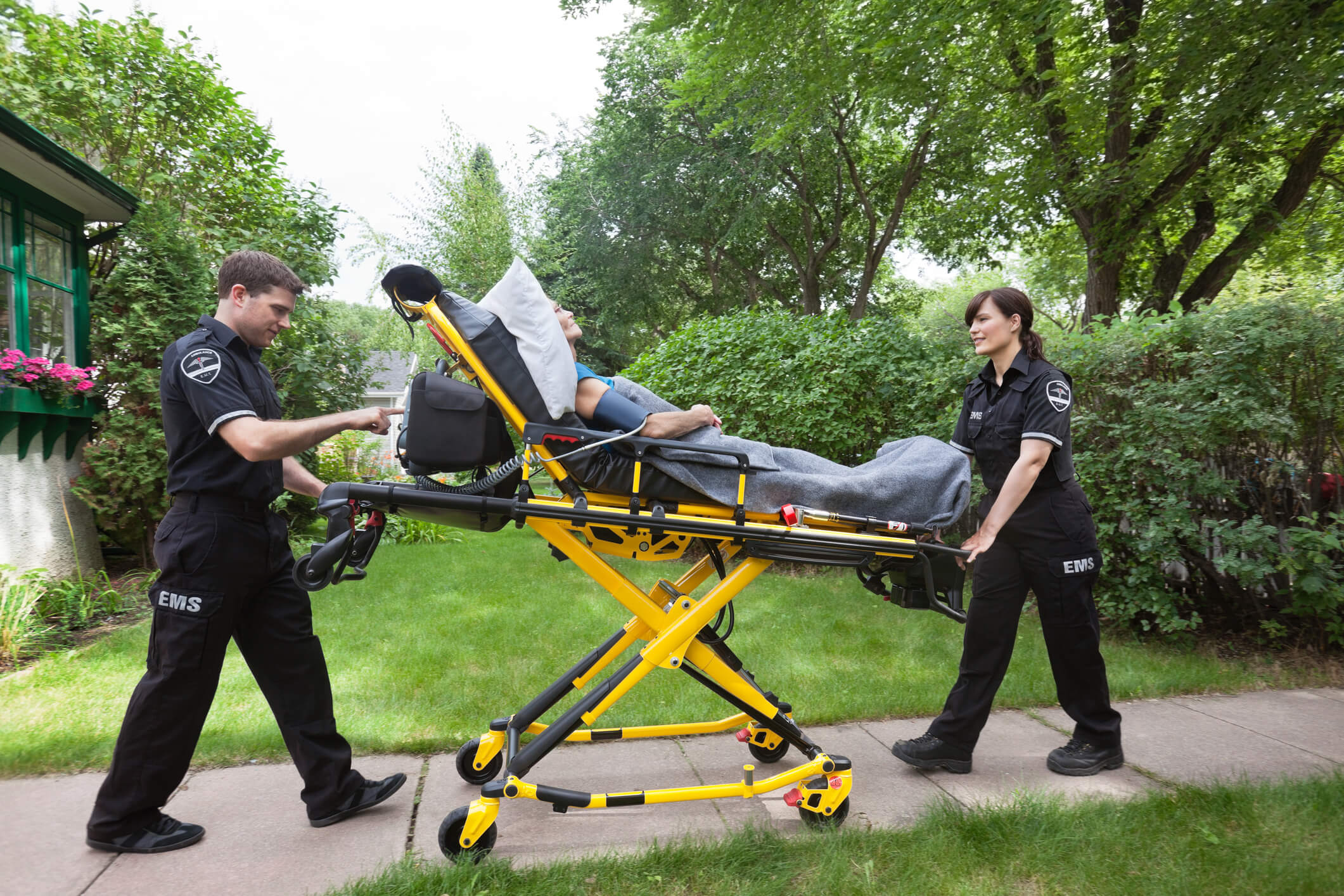
Respiratory emergencies can appear suddenly and seemingly without warning. In some patients, anaphylaxis sends the body into a state of crisis, making breathing difficult or impossible and obstructing the airway. As with any respiratory emergency, having the right suction unit ready and functional is key to managing the crisis. Here’s what you need to know about managing anaphylaxis and other respiratory emergencies.
Why Anaphylaxis Is Different from Other Respiratory Emergencies
The most common respiratory emergencies are complications of respiratory diseases and infections, including:
- Chronic obstructive pulmonary disease (COPD)
- Pneumonia and influenza
- Acute lower and upper respiratory tract infections
These respiratory emergencies frequently occur after a long buildup in a sick person. They present with telltale signs such as labored breathing (dyspnea), chest pain, and coughing up blood.
Anaphylaxis is a sudden allergic reaction, often in an otherwise healthy person. The untrained observer might mistake anaphylaxis for another respiratory emergency, such as a severe asthma attack or choking. In addition to dyspnea, chest tightness, and a swollen throat, people suffering from or at risk of anaphylaxis may also present with:
- A bite or sting
- A sudden rash
- Panic
- Vomit and diarrhea
- Stomach cramps
- Paleness or redness
In a person with a known allergy, anaphylaxis is often easier to diagnose. For some people—especially babies and young children trying new foods or exposed to new substances—this may be their first allergic reaction. Monitoring for the signs of anaphylaxis is the key to airway management and the proper administration of epinephrine to reverse the reaction.
What Are Some Common Causes of Anaphylactic Reactions?
Any potential allergen—so essentially any foreign substance at all—can trigger an anaphylactic reaction. In most cases, the reaction occurs either in someone with a known allergy or someone exposed to a substance for the first or second time.
Not all patients will know that they’ve been exposed to an allergen, which can make a prompt diagnosis challenging—especially of a nonverbal person. Knowing the most common triggers for anaphylaxis can aid a differential diagnosis. Those include:
- Foods such as peanuts, tree nuts, shellfish, wheat, and eggs
- Insect stings from bees or wasps
- Any medication, but especially penicillin
A shellfish allergy can develop in adulthood and is the most common culprit in anaphylaxis.
EMS Management of Anaphylaxis
In anaphylaxis, the airway may rapidly swell and close. Even when the airway is not blocked, airway secretions can lead to extremely labored breathing. The patient may be unable to clear their own airway. Endotracheal intubation can preserve airway patency, and this almost always requires quick and efficient suctioning.
The gold standard in anaphylaxis treatment is using epinephrine, which normally reduces the reaction. Ensure that your team is properly trained in the use of epinephrine. If the patient can talk, ask them if they have a prescription for an epi-pen or have ever had a reaction to epinephrine. Even after the administration of epinephrine, monitor the airway. You may need to continue suctioning.
Note that some patients experience a delayed secondary anaphylactic reaction, so even if a patient seems fine after epinephrine administration, transport them to the hospital and monitor for symptoms of a second reaction.
Is Your Medical Kit Ready?
Your medical kit must be prepared for appropriate airway management. A mobile suction unit ensures that you can rapidly tend to the patient. It’s important also to have catheters in a variety of sizes on hand. Because anaphylaxis is common in children, smaller catheters are critical. Damage to the delicate airway can prove catastrophic in someone in anaphylaxis. The right supplies reduce this risk.
In addition to a quality suction unit and disposables in a variety of sizes, ensure that you have backup batteries or a power source available.
Having the right airway management tools on hand can save lives in a variety of respiratory emergencies, including anaphylaxis. Download our Ultimate Guide to Purchasing a Portable Emergency Suction Device.
















